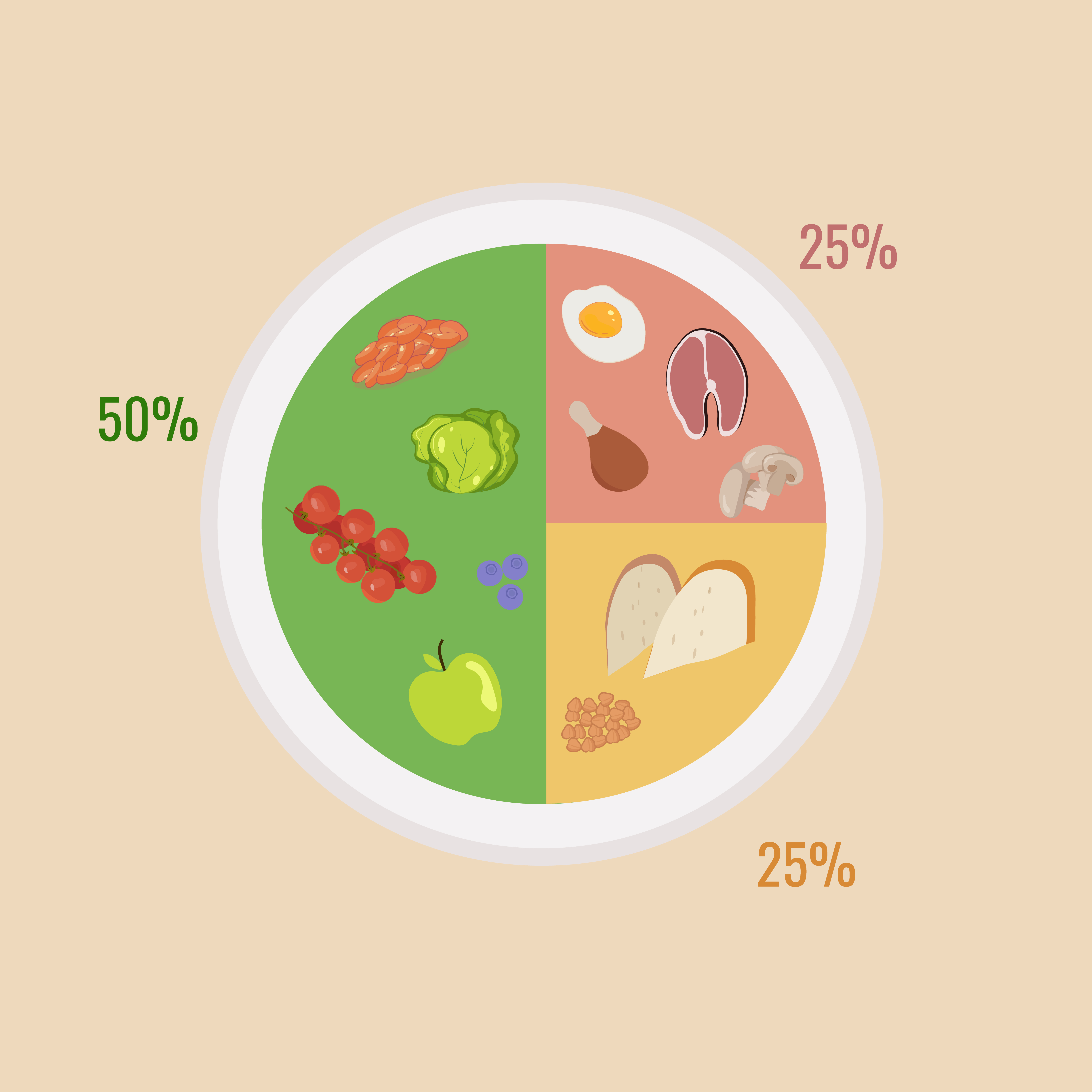From healthcentral.com
A short bout of vigorous activity can lead to better blood sugar for the next 24 hours in people with type 1 diabetes, new research shows
When it comes to type 1 diabetes (T1D), exercise can be seen as something of a double-edged sword. While regular exercise has been linked to improved insulin sensitivity, cardiovascular health, and blood glucose control over time, in the short term, physical activity can cause hard-to-predict dips or spikes in blood sugar. In fact, managing blood sugar during exercise can be so challenging that many people with T1D may avoid working out altogether, according to the World Journal of Diabetes.
But now, new research in the journal Diabetes Care shows that just 10 minutes of vigorous exercise can lead to better blood sugar control over the next 24 hours, increasing the amount of time people spend in a healthy blood glucose range. This finding emphasizes the importance of physical activity for people with type 1 diabetes and underscores the immediate benefits it can offer for someone with the condition.
A Little Exercise Goes a Long Way
The Diabetes Care study included people between ages 11 and 20 (with a median age of 13) who had been newly diagnosed with type 1 diabetes. Researchers gave the participants a continuous glucose monitor (CGM) system and an activity tracker and kept tabs on their activity and blood glucose during the first year after their diagnosis.
When the study authors analysed participants’ physical activity and daily CGM outcomes, they found that days that included at least 10 minutes of vigorous exercise—whether they did a random activity like hopping on a bike or followed an optional workout plan—led to more favourable blood sugar outcomes for the following 24 hours, compared to sedentary days. On exercise days, participants spent 2.3% more time in range and 3.1% less time above range in the subsequent 24 hours—and while their time below range increased by 0.8%, it remained within clinical target recommendations (of less than 4% of the time).
Vigorous activity is typically defined as something akin to jogging, jumping rope, swimming laps, or participating in competitive sports. Exercise in general improves insulin sensitivity for hours after someone is active, which helps explain why even a short bout of activity can lead to better glucose control throughout the following day, says the study’s lead investigator Dessi Zaharieva, Ph.D., a certified exercise physiologist and certified diabetes care and education specialist working in paediatric endocrinology at Stanford University in Palo Alto, CA.
The researchers also looked into the activity patterns of the study participants. “Over the first year post-diagnosis, [the average] participant also increased their daily physical activity,” Zaharieva adds. “The median daily steps increased by about 1,134 steps per day and median moderate-to-vigorous physical activity increased by about 11 minutes per day” from the beginning to the end of the study period.
While this result shows that technology alone (the activity trackers and CGMs) may be enough to influence people to move more, about half of the 122 participants also opted into a structured exercise education program consisting of four modules (one that the study authors designed, called the 4T Exercise Program). Those who completed all four spent 3.1% more time in range (about 45 minutes per day total) across their first year post-diagnosis, demonstrating that exercise education has additional benefits, Zaharieva says.
For Better Health, Exercise Is King
The researchers say that the sooner that people who are diagnosed with T1D embrace the benefits of exercise, the better.
“Many youth with T1D do not meet the daily recommended exercise guidelines, in part due to the fear of hypoglycaemia and feeling unsure how to manage glucose levels around exercise,” says Zaharieva. In fact, one small, recent study in the journal Diabetes Research and Clinical Practice found that just over 16% of young people with T1D get the 60 minutes of physical activity a day recommended for them.
Additionally, much of the existing guidance around working out with type 1 diabetes focuses on adults and people with established T1D and can’t be generalized to young people with new onset diabetes, she adds. This study sought to begin to fill that gap.
“Our goals were to: Number one, describe real-world exercise patterns in the first year after T1D diagnosis and; number two, test whether exercise and education are associated with glycaemic improvements,” Zaharieva explains. This study shows that even shorter durations of vigorous exercise can have a tangible impact on glucose levels the following day, and that exercise education can also benefit glycaemic outcomes by increasing activity levels.
Moving Toward Better Lifelong Blood Sugar Control
People with type 1 diabetes do have to take care when exercising, notes Elina Trofimovsky, M.D., an assistant professor of medicine in endocrinology at Baylor University in Houston, TX. “It is tricky to manage exercise when you are type 1, because depending on the activity, you have to make a lot of adjustments. But obviously it’s worth the [trouble],” she says.
People with T1D should take certain precautions, including making sure their blood sugar is within a healthy range before beginning to exercise, monitoring their blood sugar during and after the activity, and having glucose foods and glucagon on hand in case their blood sugar suddenly drops, Dr. Trofimovsky says. It’s important to work with your health care team when beginning an exercise routine after a type 1 diagnosis as you get used to managing the condition.
Zaharieva says that she hopes this study helps encourage people to continue exercising regularly after a diagnosis of type 1 diabetes, noting that even small lifestyle changes can make a meaningful difference.
“We also want to promote the importance of exercise education,” she says, noting that she hopes to implement the 4T Exercise Program at various health care centres across the U.S. “Technology is helpful, but structured exercise education delivered early post-diagnosis yields added benefits to glycaemic outcomes.”



